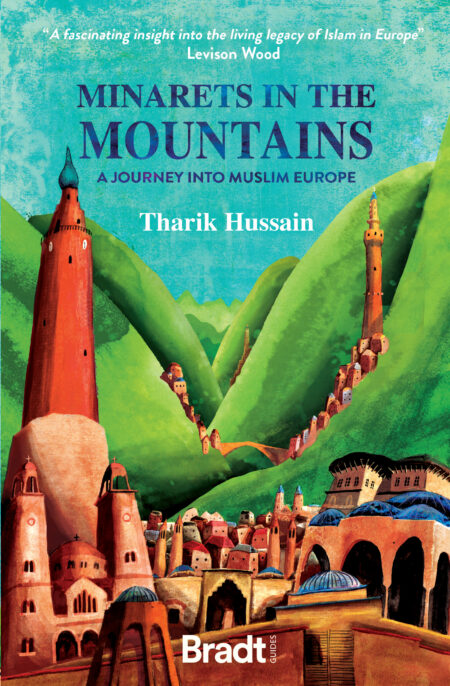There is something wonderfully joyous about retracing the footsteps of a historic traveller. As writers we love the literary colour and vibrancy their accounts bring to our own; as adventurers we love going in search of the enchanting places they speak of; and as historians we love how their words help us make sense of the past, showing us connections we didn’t know existed between historical events, people and places.
It is a truly magical feeling to arrive in a place and recall the thoughts and words uttered at that very spot by someone else several centuries before you, when the world was a vastly different place; it is like opening a window into the past, or, as a well-known travel writer once told me, ‘the nearest thing to time travel’.
Wandering through the western Balkans in the footsteps of the 17th-century Ottoman traveller Evliya Çelebi was exactly that.
Evliya was born in 1611 and spent almost his entire adult life journeying around the Ottoman Empire – and sometimes beyond. Written at a time of great prosperity in the Muslim kingdom, which saw huge patronage of the arts, music and literature, Evliya’s accounts offer a glimpse of the region’s most flourishing ‘Muslim’ years. For me, as a Muslim writer, that is truly tantalising. And so, in the summer of 2016, guided by the great man, I set off on a road trip with my family to visit some of these places myself.
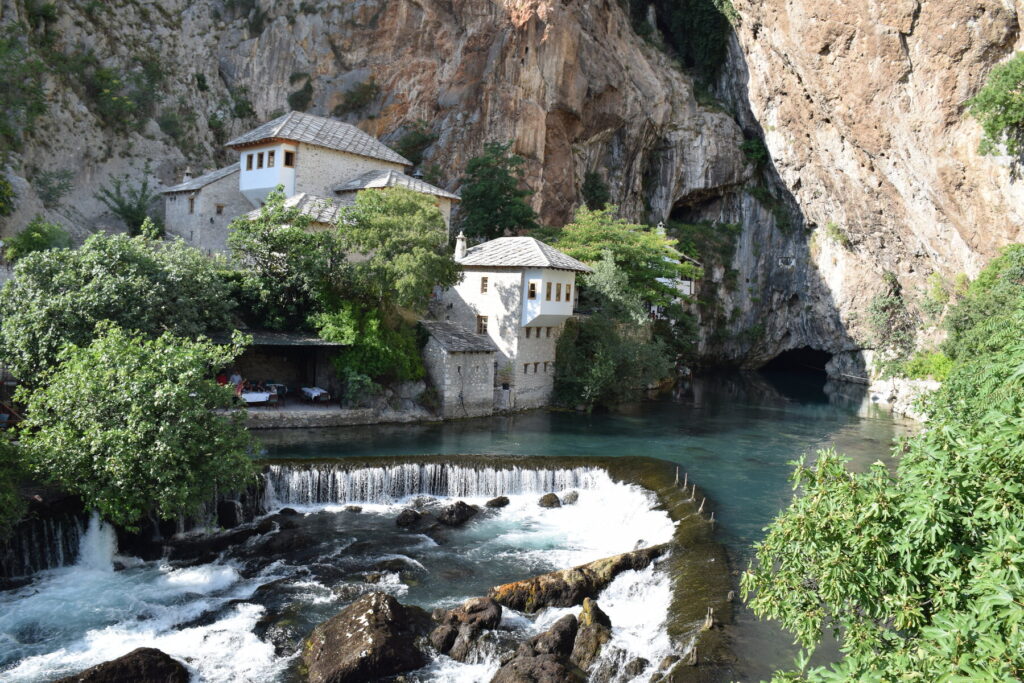
The most enchanting place Evliya led us to was in Bosnia, at the foot of a sheer cliff by the mouth of a bubbling aqua-blue river. The Blagaj Tekke’s monastic setting is apt, for it is a Sufi lodge – a retreat for Muslims of a spiritual persuasion, which is exactly why the great Ottoman was drawn to it. The name Evliya is derived from the term awliya (meaning ‘friends of God’), a mystical and honorific title reserved for those said to have a special relationship with Allah. Dating from the 15th century, and still a functioning space of worship, the historic lodge, with its hanging balcony overlooking the River Buna, retains a serenity we did not experience anywhere else on our journey.
Earlier on our trip, in nearby Mostar I had stood atop the city’s famous hump-backed bridge recalling Evliya’s time there. While his description of the imperially commissioned Stari Most enhanced its aesthetic appeal, it was his account of the bridge’s famous divers that added real colour and vibrancy to the moment. Today, they are highly trained, skilled swimmers, wearing Speedos that expose every rip and muscle of their lean, chiselled bodies. Like Olympic divers, they launch themselves from the bridge’s apex and slice through the water below without a ripple. Evliya, though, spoke of a more innocent and naïve time when the young boys of Mostar would leap off the bridge in twos and threes, screaming ‘Ya Allah!’ (Oh God!), sometimes holding hands or embracing as they plummeted towards the blue Neretva below. Watching pashas would applaud before handing the giggling boys a few coins for entertaining them – a far cry from the polished performances witnessed today.
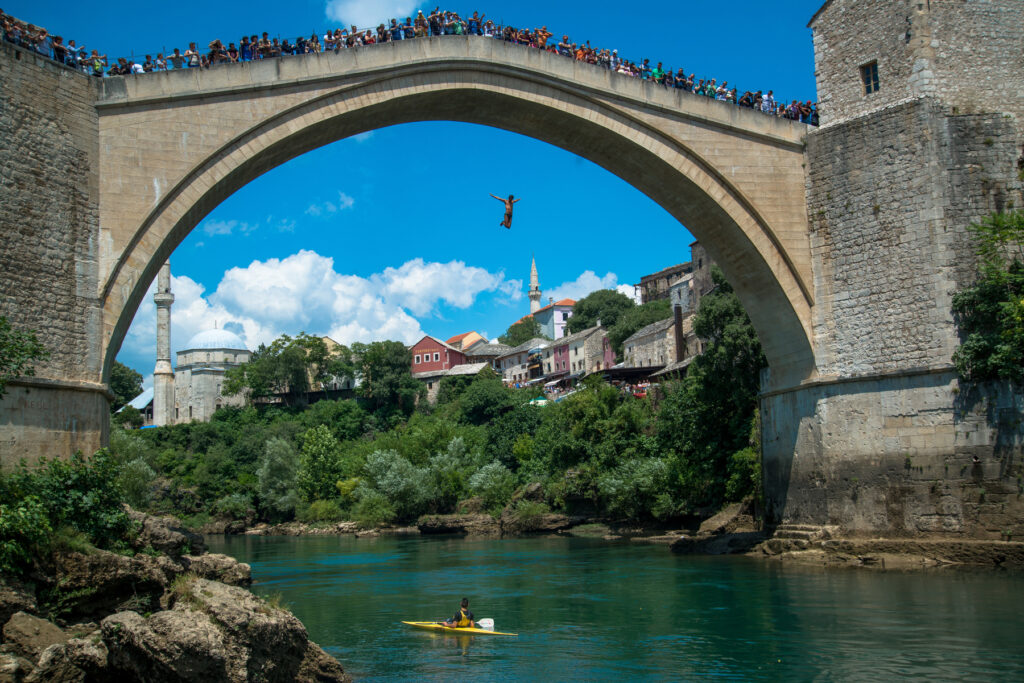
Later, in the mountains of Albania, we marvelled at the remarkably well-preserved Ottoman buildings of Berat and Gjirokastër, beautiful white stone- and wood-built houses cascading down the towns’ hillsides. Once upon a time, as Evliya tells us – and long before the Communist era, when Albania was declared the world’s first atheist state – both towns were home to Muslim scholars and poets; places brimming with educational institutions. It’s hard to imagine today, their streets now filled with domestic tourists and many locals that barely observe any faith at all.
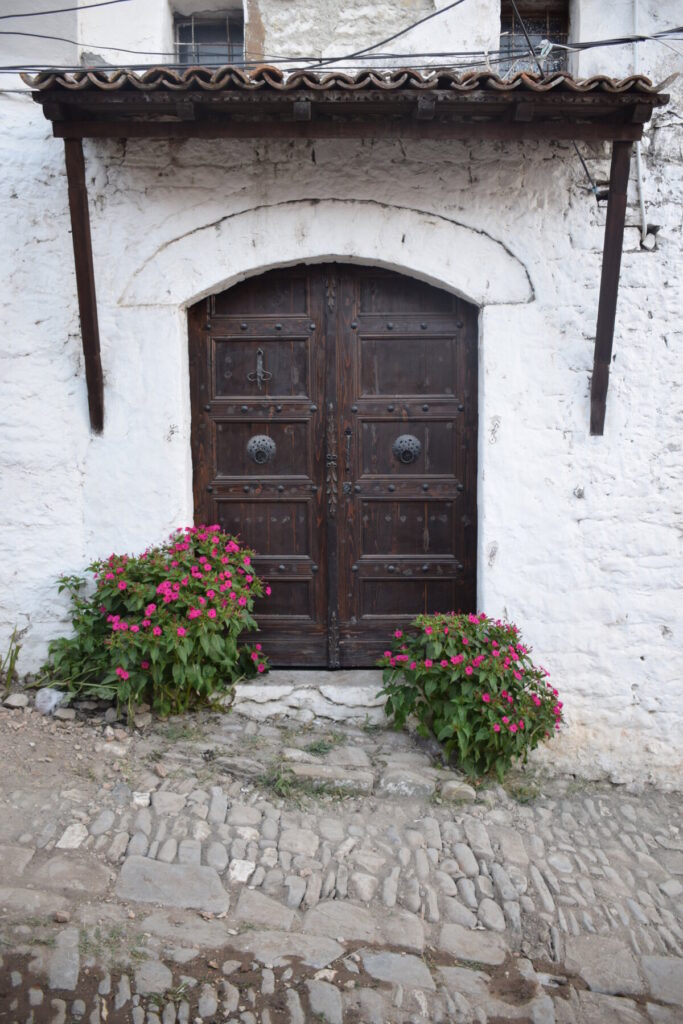
Albania wasn’t the only place where Evliya’s account turned the popular narrative on its head. I recall the excitement I felt before our journey at the prospect of visiting Sarajevo because it was once referred to as the ‘Jerusalem of Europe’. The Muslim European town – Sarajevo was founded by the Ottomans in 1461 – was a place where, as recently as the 20th century, Muslims, Jews and Christians lived side by side in relative harmony. Yet, within days Evliya had tempered my excitement, albeit for the right reasons. The more I read his eye-witness accounts of life in Muslim Ottoman Europe, the more I realised that the co-existence of communities in Sarajevo was not exceptional at all. It had been the norm during Evliya’s time.
From Novi Pazar in Serbia to Skopje in North Macedonia, Evliya spoke about Muslims, Jews and Christians co-existing in the most matter-of- fact and unremarkable manner. It soon became obvious: this convivencia, to borrow the Muslim Spanish term, or komšiluk (good neighbourliness) as the Bosnians refer to it was what he expected to find in these places. Accounts by travellers from the Christian West described this komšiluk in exotic terms, as bizarre and highly unusual, because for them, it was. I realised that this was the reason I too had viewed the Jerusalem of Europe as unusual and exotic, when the only thing that was really exotic was having a perspective of it like Evliya’s. An Ottoman’s perspective.
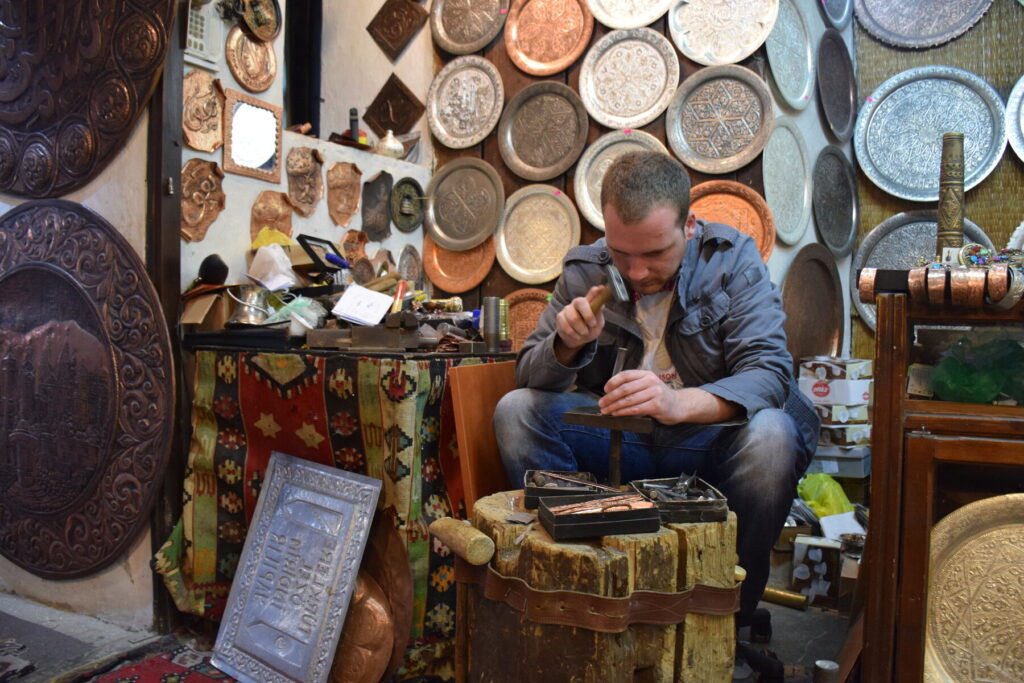
I made Evliya Çelebi my literary companion on our trip through the western Balkans because I wanted to see this part of Europe through the eyes of another Muslim. I wanted Evliya to show me a Europe not written about in other books. The great Ottoman did not disappoint.
More information
To hear more about Tharik Hussain’s travels, check out his book:
